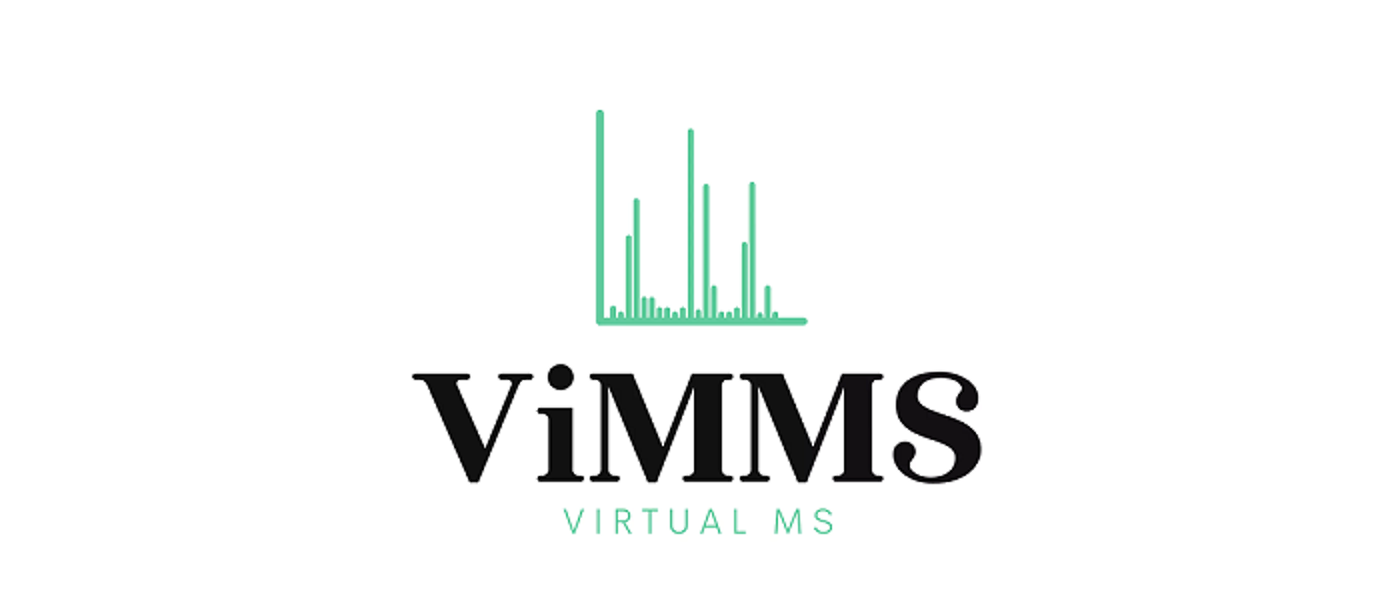Statistics in chemistry/physics
Our research develops statistical methods for applications in forensics, metabolomics, and radiocarbon dating.
Staff
Statistics in Chemistry/Physics - Example Research Projects
Information about postgraduate research opportunities and how to apply can be found on the Postgraduate Research Study page. Projects will appear below here when they become available.
Seminars
Regular seminars relevant to the group are held as part of the Statistics seminar series. The seminars cover various aspects across the AI3 initiative and usually span multiple groups. You can find more information on the Statistics seminar series page, where you can also subscribe to the seminar series calendar.
The Statistics in Chemistry/Physics group apply a wide range of methods across both chemistry and physics. Part of the group analyses forensic data to understand how the composition of glass fragments can help to identify its source, and other types of analytical chemistry data, such as biomarkers, for clinical and anti-doping applications. Another part of the group works on metabolomics, where their methods allow the real time control of a mass spectrometer to carry out targeted chemistry experiments.





